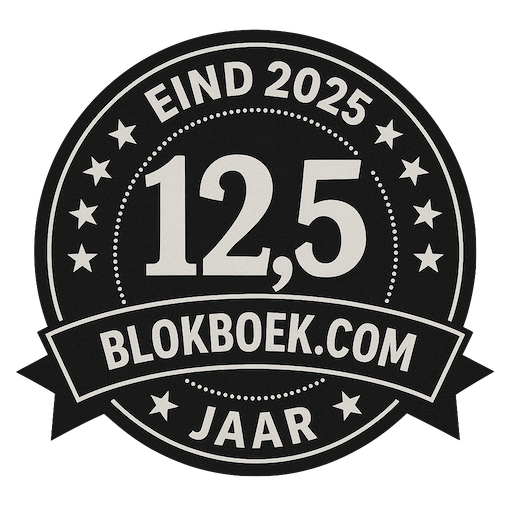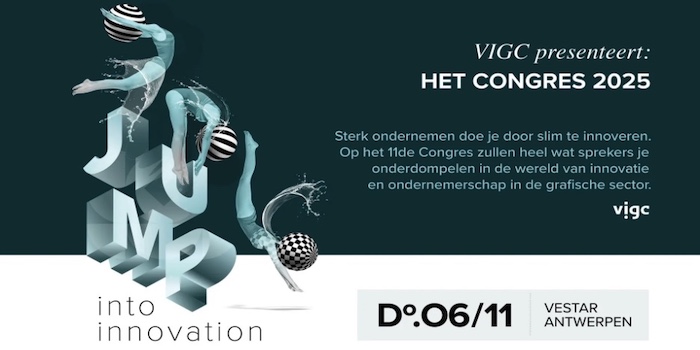Wild Format #2.7: To Judge A Book By Its Cover
Despite the old proverb, humans are prone to judge their fellow man by first impressions, so appearances are important. Why would it be any different for an advertising or communications campaign? That is why making the right substrate selection is vital for every digital printing project.
Many products produced by artisan paper-mill Gmund are certified for digital printing systems. Photo: Gmund
So you already know that your next campaign is going to harvest the power of digital printing because there’s simply no better way to target prospective customers with unique, highly personal flyers, catalogues or direct marketing materials. Now you need to explore the variety of different substrates on offer.
Digital printing has long progressed from the standard A4 or A3 mono or colour page, to a ‘Glamorama’ of fantastic communication choices. When printing using digital technology, you don’t have to forego the pleasures of the finest fancy colours and surfaces. For example, many of the artisan products produced by Gmund, the famous Bavarian paper-mill, are certified for digital printing with HP Indigos, as well as Kodak Nexpress and Xerox iGen. High-impact mailings, personalised luxury packaging, even the finest hotel stationery, the opportunities to make the right impression are positively endless.
Wide format inkjet printing offers an even wider range of fresh, unique opportunities. You can get in contact with even the most elusive audience, once you start to broaden your horizons and consider creative substrate choices for your wild format projects.
A wide range of self-adhesives is available for digitally printed vehicle graphics. Photo: Sonja Angerer
Getting Creative With Films
Modern inkjet systems, regardless of ink technology, print onto a variety of PVC and non-PVC films. With eco/low solvent and water-based inks the range is somewhat limited, since high quality printing results can only be achieved with a special coating. UV-curing and high solvent inks are suitable for a wide range of uncoated films, but the quality of the outcome may also vary a great deal. Therefore, HP took a different route with substrates for its HP Latex printing portfolio. Print media manufacturers are required to undergo a standardised third party testing to receive the “Certified for HP Latex Inks” label, offering Print Service Providers (PSPs) and their customers a peace-of-mind, end-to-end solution for consistent and reliable quality.
Films are available as self-adhesives as well as standard non-glue versions, with the former much more common. Cheap, easy to design and highly versatile, contour-cut decals make perfect marketing tools, from bumpers stickers to skateboard decoration.
G-Floor Graphic from Endutex is a 1.9 mm strong transparent PVC substrate for floor graphics. Photo: Sonja Angerer
For digital printing self-adhesives, non and semi-permanent, as well as permanent glue options, are available. If using glue is not an option, there are also some static-cling products. Most often used for clear vinyl windows decals, they stick to any smooth, clean surface and are easily removable. These films are suitable for short to medium-term applications, while standard glue self-adhesives (albeit not necessarily the print on it) may last as long as five years outdoors.
Vehicle wraps on commercial fleets as well as public transport such as buses, trains, planes and even private cars, are another well-established application for digitally printed films. Advertising on vehicles is very effective, especially for products and services that might be interesting for commuters, as passers-by as well as drivers have no real chance to avoid them. If planning a vehicle graphics campaign, do make sure to consult a qualified PSP at the early stages of your project, though. Getting the design right is as essential as choosing the most suitable substrate. While cost effective calandered vinyl may do for short term promotions, a high quality cast film with lamination is required for long-term applications. Some manufacturers like Avery and 3M also offer warranties for certified PSPs that cover many potential problems of a vehicle wrapping project, including safe removal once the campaign is over.
In recent years, a creative substrate manufacturing industry has established an even wider range of speciality films, including printable blackboard and floor graphic films as well as One-Way-Vision products. Mounted on windows or clear panels, they maintain the privacy of the people inside, who are still able to look outside, making possible many creative solutions for vehicles, shop-fittings, and hospitality areas.
Easy Dot Chalkboard Black is a new printable black-board film by Neschen. Photo: Neschen
Soft To The Touch
Soft signage using textiles, is unique to digital printing. The term refers to applications where posters, displays or light box graphics are printed onto woven or non-woven fabric instead of paper or film. Typical grammages range from under 150g/sqm up to more than 300 g/sqm. Direct print with aqueous or UV-curing inks is as well established as transfer sublimation processes. Printed typically onto polyester (PES) and other manmade fibres like Nylon, soft signage applications are mainly for indoor use. Outdoor digital textile applications, usually banners and flags, are directly printed onto heavy-duty polyester fabric to ensure a perfect print-through.
Soft signage has become increasingly popular with retailers all over the world within the last few years, with large chains investing heavily into rubber lip lightbox systems, taking full advantage of soft signage’s unique advantages. Fabrics are most easily folded, leaving no permanent crease marks for a brilliant graphic nicely wrapped up into a handy parcel, instead of a long roll for cost-effective and fast transportation and easy mounting even by untrained sales personnel.
No Rest for the Rigid
Rigid media is another alternative to plain paper digital printing. Rigid boards are usually printed with UV-curing inks, except for the paper-based corrugated boards most often used for packaging, where manufacturers are starting to offer low migration aqueous inks into the market.
UV-curing inks can be used to print directly onto a wide variety of standard substrates like foam and composite panels or corrugated plastics, streamlining the production process of displays and printed boards for POS and trade show applications. As the ink is cured within seconds, it is also possible to print onto virtually any rigid substrate, such as sheet metal, glass, Perspex, stone, MDF and wood for indoor and outdoor use. Why not try for a printed table top instead of a logo on the menu when advertising a new craft beer brand?
A Cost Effective Process
As a general rule, wide format digital printing onto non-paper substrates is more expensive and requires a different set of skills than standard print applications on paper. You have to consider the right medium as well as the most effective digital printing technology to ensure your wild format campaign’s success.
However, commercial print products – analogue or digitally printed – might not be an effective way to target today’s customers who have progressed from paper to digital media as their channel of choice, or simply because their lifestyle has become so mobile that they can’t even be bothered to maintain a post box. Clever indoor and outdoor, below-the-line or mixed media, campaigns are able to catch these target groups’ attention where they don’t expect it: on the street, in their car, in all their favourite places. This makes wide format printing applications today’s most powerful printing technology to use with a range of substrates limited only by the designers and print buyers’ imaginations.
Sonja Angerer
The Wild Format guides are intended to expand awareness and understanding of the craziness that can be created on wide format digital printing devices, from floors to lampshades and everything in between.
These guides are made possible by a group of manufacturers working together with Digital Dots. Together we hope you enjoy the articles and that you put into practise what you learn. If you want to talk about it, go to our LinkedIn group at via this link.
Enjoy and Go Wild!

De trainingen voor 2022 staan gereed. Kijk voor het volledige online aanbod van bestaande- en nieuwe trainingen op de website.
BLOKBOEK.COM EN PRINTMEDIANIEUWS: HET OPTIMALE DOELGROEP BEREIK






















